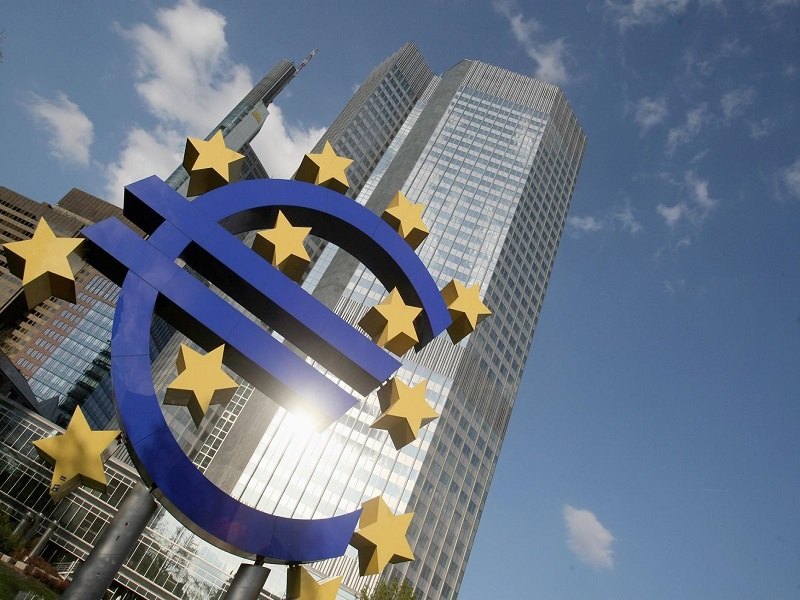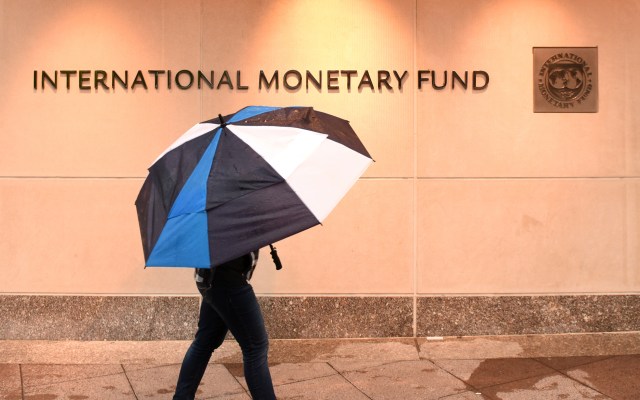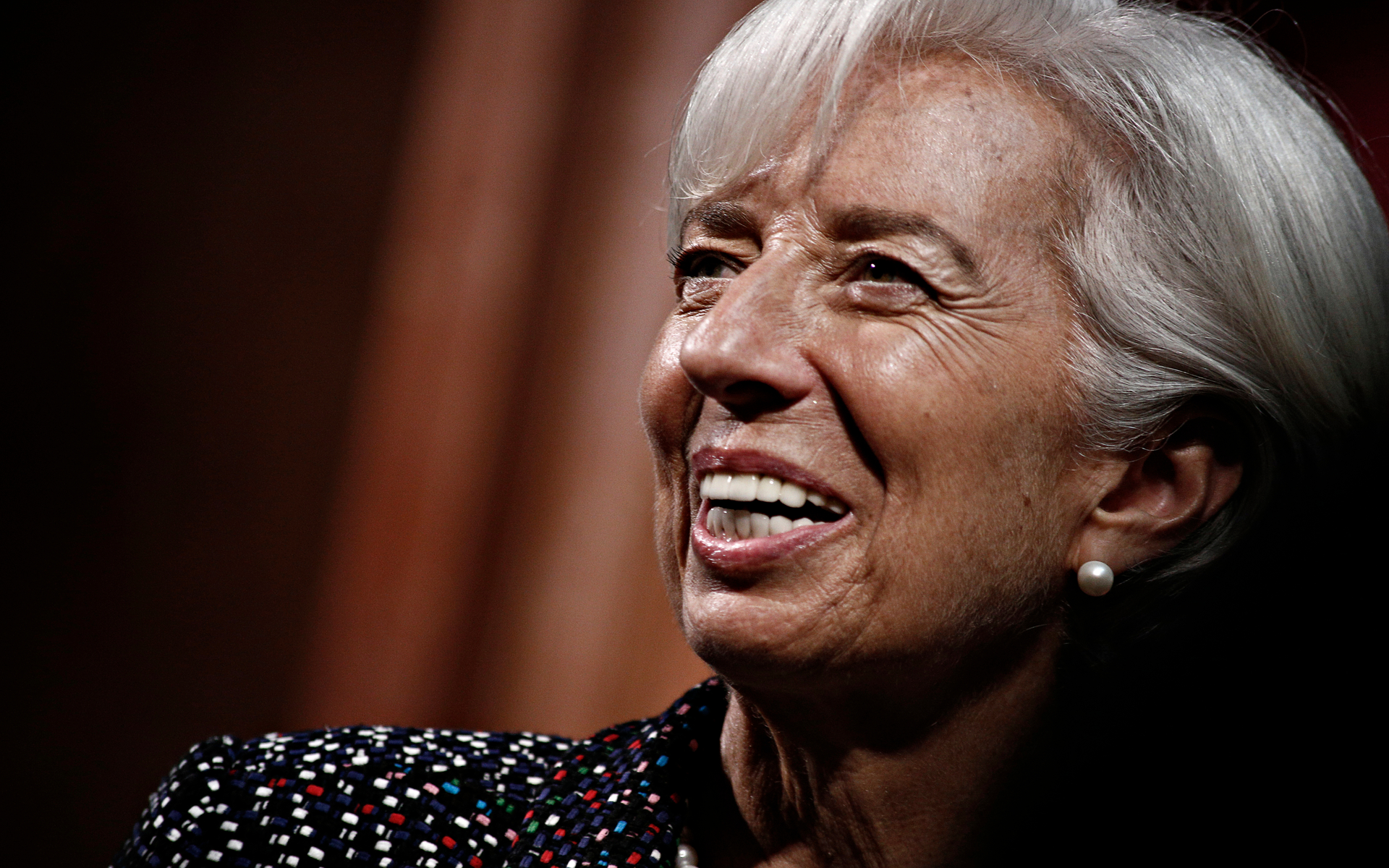
Interest rates in many countries around the world are still languishing at near-zero levels since the last financial crash. Which doesn’t leave much space to move in the event of, say, the next financial crash. At least as far as cash is concerned. So the Intentional Monetary Fund (IMF) have been looking at solutions to make negative interest rates a viable option.
Less Than Zero
Recessions require tough measures, which has historically resulted in around 3-6 percent cut from interest base rates. But with many nations still maintaining near-zero rates from the last financial crisis, that doesn’t leave them much wiggle room.
The problem, of course, is cash, which has a lower-bound interest rate of zero by design. A negative base rate would necessitate commercial banks to either compress their margins or charge interest on deposits. And charging negative interest on deposits would likely cause a mass withdrawal of cash.
The IMF notes that:
…instead of paying negative interest, one can simply hold cash at zero interest. Cash is a free option on zero interest, and acts as an interest rate floor.
So why don’t we just get rid of cash?
Cashless Society
A cashless society would not be limited by a lower bound on interest rates of zero percent. Central banks could reduce the rate to a negative figure, forcing consumers to pay interest on deposits. This would encourage investing or simply spending money as a preferable option, boosting the economy.

But if cash exists then this cannot happen. People would simply hold cash at zero percent interest rather than paying for bank deposits in safes and mattresses.
Interestingly, countries such as largely-cashless Sweden have already pushed rates slightly below zero. The inconvenience and expense of taking out and holding large amounts of cash has deterred most depositors from doing so.
But cash still plays a significant role for payments in many countries such as Japan, Switzerland and Hungary. People kinda like the ‘P2p’ (person-to-person) nature of it.
Hard Fork
The solution proposed by the IMF would be to enact a divorce between cash and electronic money, creating two separate currencies. In doing this, a central bank could make cash as costly as a bank deposit with a negative interest rate.
Sounds great, doesn’t it? How can we make cash more costly? But it’s all to maintain the inflation target at all costs, according to the IMF. An excerpt reads:
While a dual currency system challenges our preconceptions about money, countries could implement the idea with relatively small changes to central bank operating frameworks. In comparison to alternative proposals, it would have the advantage of completely freeing monetary policy from the zero lower bound. Its introduction would reconfirm the central bank’s commitment to the inflation target, rather than raise doubts about it.
Anyway, the electronic currency (e-money) would pay the policy rate of interest (either positive or negative). Then cash would have an exchange rate to the e-money. In times of negative interest, the cash exchange rate would depreciate at the same rate as the negative interest.
Prices would be advertised separately in e-money and cash, so in terms of goods or e-money, there is no benefit to holding cash.
“This dual local currency system would allow the central bank to implement as negative an interest rate as necessary for countering a recession, without triggering any large-scale substitutions into cash,” the post reads.
Or you could always take your suitcase full of cash to a shady geezer you met on LocalBitcoins, and swap it for some shiny inflation-free Bitcoin.

Seriously. When the banks cause another financial crash, then tell us that they want to make all our money worthless. At that point, will anyone still have any faith at all left in the banking system?
It’s no wonder IMF’svery own head, Christine Lagarde, thinks fintech will “shake the financial system.”
Will central banks succeed in phasing out physical cash in the next 10 years? Share your thoughts below!
Images courtesy of Shutterstock


















